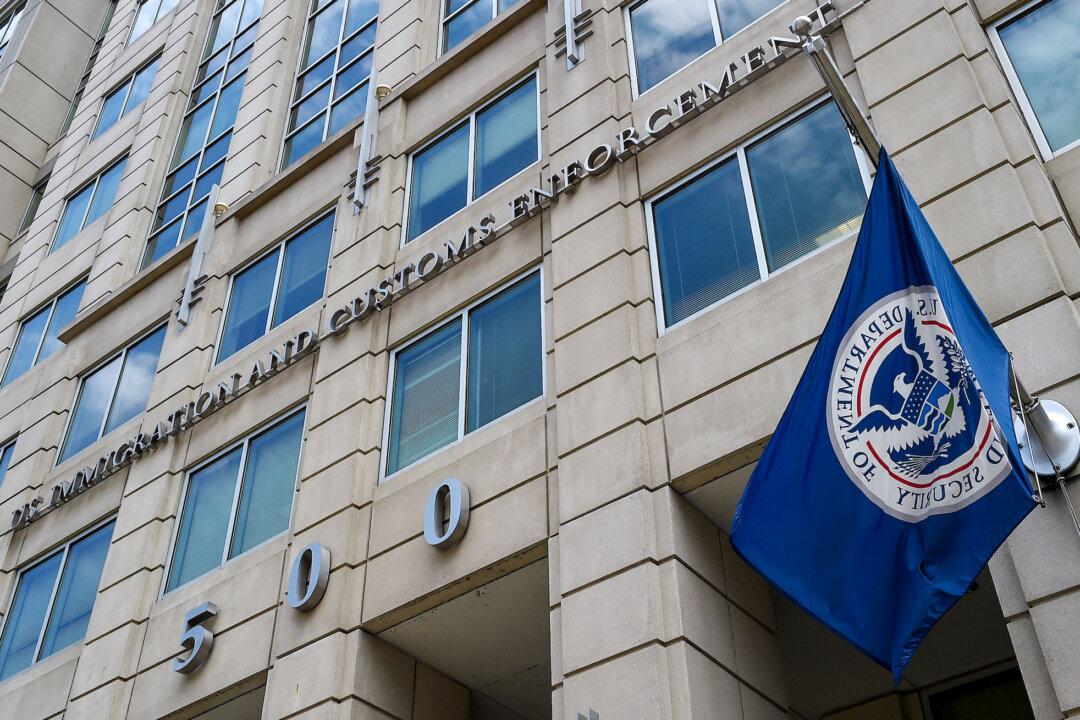Butterball CEO Jay Jandrain told Fox News in a recent interview that it’s likely American families will see more expensive Thanksgiving turkeys this year and that smaller ones will be harder to find as inflation remains stubbornly high and the supply chain crunch roils on.
At the same time, Jandrain said retailers have been ordering more turkeys in the face of increased demand and it’s “reasonable to expect” higher prices.
“We have seen food prices increase overall. That’s something we’ve all experienced recently. While we don’t set the prices for our retailers, it is reasonable to expect there will be some increase of costs this year,” Jandrain said.
His remarks come as inflation has been running hot. The Fed’s preferred inflation gauge—the so-called core PCE price index—has been stuck at an annualized 3.6 percent for each the past four months in a row, a 30-year high.
“This Thanksgiving, we’re all in a very different circumstance. Things are a hell of a lot better, and the wages have gone up higher—faster than inflation,” Biden said.
“It doesn’t mean these dislocations aren’t real. They do affect people’s lives,” Biden added. “But the bottom line is that I think that—and anyone who would prefer, as bad as things are in terms of prices helping—hurting families now, trade this Thanksgiving for last Thanksgiving.”
But from September 2020 to September 2021, real average hourly earnings—which are calculated by subtracting the rate of inflation from average hourly earnings—fell 0.8 percent. The consumer price index—a measure of inflation—rose 5.4 percent over the year in September, while average hourly earnings rose by 4.6 percent in the same time period, yielding a difference of minus 0.8 percent.
While much of the broader inflation story has focused on surging energy costs and products affected by the semiconductor chip shortage, such as used cars, rising food cost signals have also increasingly flashed red.
Food prices across the world have risen to their highest levels in a decade on the back of tightening supply conditions coupled with robust demand, according to the Food and Agriculture Organization of the United Nations (FAO).





